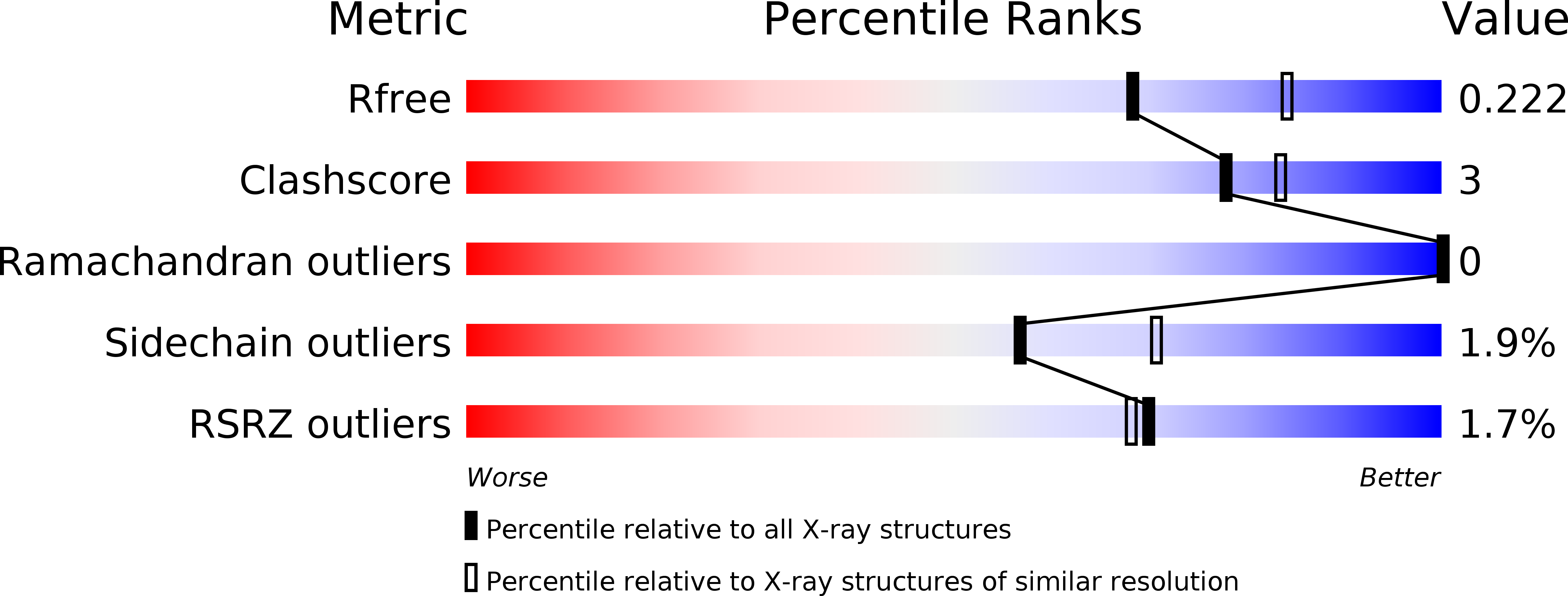
Deposition Date
2014-03-24
Release Date
2015-01-14
Last Version Date
2024-02-28
Entry Detail
PDB ID:
4PXQ
Keywords:
Title:
Crystal structure of D-glucuronyl C5-epimerase in complex with heparin hexasaccharide
Biological Source:
Source Organism:
Danio rerio (Taxon ID: 7955)
Host Organism:
Method Details:
Experimental Method:
Resolution:
2.20 Å
R-Value Free:
0.22
R-Value Work:
0.19
R-Value Observed:
0.19
Space Group:
P 21 21 2


